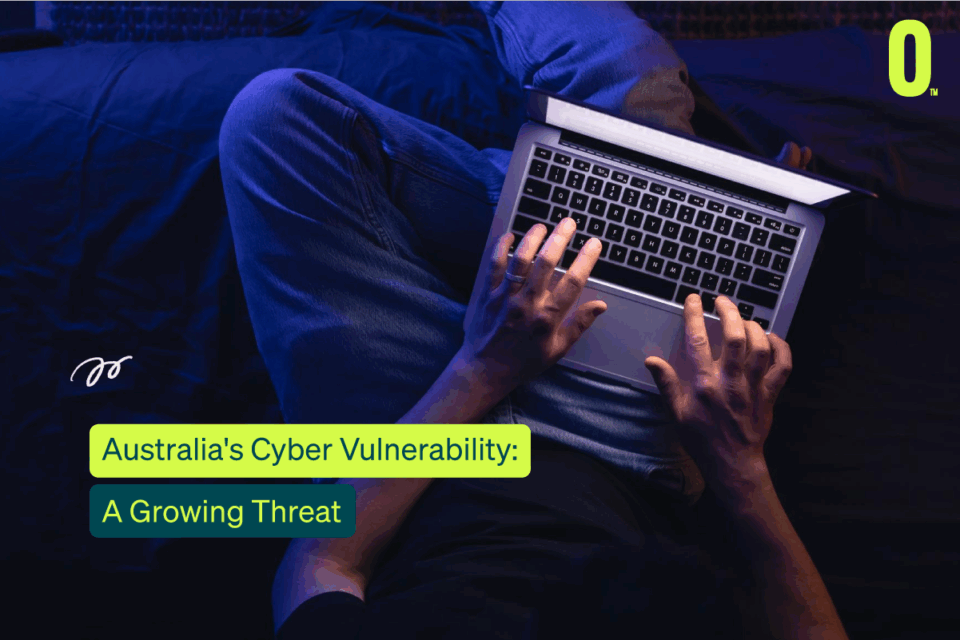
In today’s hyper-connected world, cyber security isn’t just an IT issue, it’s a business survival issue. Whether you’re a startup, a growing SME, or a well-established enterprise, the risks are real, and the stakes are high. From ransomware attacks to phishing scams, the threats are evolving fast, and Australian businesses need to stay ahead.
But here’s the good news: with the right strategies, tools, and mindset, you can protect your business, your customers, and your reputation. Let’s dive into practical, actionable cyber security tips that every business should consider in 2025.
Why Cyber Security Matters More Than Ever
Cyber-attacks are no longer rare events. In fact, according to recent Australian statistics, small businesses are increasingly targeted because they often lack robust security infrastructure. The cost of a breach can be devastating, not just financially, but in terms of trust and operational downtime.
Otto IT’s guide to small business cybersecurity for 2025 breaks this down beautifully, highlighting how even basic security measures can make a big difference
1. Start with a Cyber Security Audit
Before you can improve your security, you need to understand where you stand. A cyber security audit helps identify vulnerabilities in your systems, processes, and people.
Ask yourself:
- Are your systems patched and up to date?
- Who has access to sensitive data?
- Are your employees trained to spot phishing emails?
If you’re unsure, consider partnering with a managed service provider like Otto IT. Our proactive approach helps businesses uncover hidden risks and build a tailored security roadmap.
2. Educate Your Team, Regularly
Your employees are your first line of defence, and sometimes, your weakest link. Human error is behind a significant portion of cyber incidents.
Training should cover:
- Recognising phishing attempts
- Safe password practices
- Secure use of company devices
- Reporting suspicious activity
Cybersecurity training should be a regular recrring cycle – cyber threats evolve, so your training should too. Otto IT’s blog emphasises the importance of ongoing education and awareness campaigns
3. Implement Multi-Factor Authentication (MFA)
Passwords alone aren’t enough anymore. MFA adds an extra layer of protection by requiring users to verify their identity through a second method—like a text message or authentication app.
It’s simple to implement and highly effective. If you’re using cloud services (and most businesses are), MFA is a must.
4. Keep Software and Systems Updated
Outdated software is a hacker’s dream. Security patches are released regularly to fix vulnerabilities, but if you’re not updating, you’re leaving the door wide open.
Set up automatic updates where possible and schedule regular maintenance checks. If managing this internally feels overwhelming, outsourcing to a provider like Otto IT can help streamline the process
5. Backup Your Data, and Test It
Data loss can happen due to cyber-attacks, hardware failure, or even natural disasters. Regular backups ensure you can recover quickly.
But here’s the catch: backups are useless if they don’t work. Test them regularly to make sure they’re complete and accessible.
Consider cloud-based backup solutions with encryption for added security.
6. Secure Your Wi-Fi Networks
Your office Wi-Fi should be encrypted, hidden, and password protected. Guest networks should be separate from your main business network.
Also, change default router passwords, yes, even the ones that came with the device, cybercriminals know those too.
7. Limit Access to Sensitive Information
Not everyone in your organisation needs access to everything. Use role-based access controls to ensure employees only see what’s relevant to their job.
This reduces the risk of internal breaches and makes it easier to track suspicious activity.
8. Monitor and Respond to Threats in Real-Time
Cyber security isn’t a “set and forget” situation. You need real-time monitoring to detect threats as they happen.
Managed service providers like Otto IT offer 24/7 monitoring and incident response, helping businesses stay protected around the clock
9. Create a Cyber Incident Response Plan
If a breach occurs, what’s your plan?
A response plan should include:
- Who to contact (internal and external)
- Steps to contain the breach
- Communication strategy (especially for customers)
- Legal and compliance considerations
Having a plan reduces panic and speeds up recovery.
10. Stay Compliant with Australian Regulations
Australia has strict data protection laws, including the Privacy Act and the Notifiable Data Breaches scheme. Non-compliance can lead to hefty fines and reputational damage.
Make sure your policies align with legal requirements, Otto IT’s blog often covers regulatory updates and how businesses can stay compliant.
Bonus Tip: Consider IT Equipment Leasing for Security Upgrades
Sometimes, outdated hardware is the root of your security issues. Upgrading can be expensive, but leasing options, like those offered by Otto IT, make it more accessible.
Leasing allows you to access the latest tech without large upfront costs, keeping your infrastructure modern and secure.
Cyber Security is a Business Priority
Cyber security isn’t just about firewalls and antivirus software. It’s about protecting your people, your data, and your future. Cybersecurity is not just an IT issue, it’s a brand issue, a customer trust issue, and a business continuity issue.
If you’re looking for a partner to help navigate this space, Otto IT offers tailored IT solutions for Australian businesses, from audits and training to equipment leasing and compliance support.
Explore our blog for more insights, or reach out to our team to start building a more secure future today.
managed it support articles
Related Blog Articles
Discover more insights to optimise your business with the latest IT trends and best practices. Stay ahead of the curve by learning how to leverage cutting-edge technology for success. Explore expert advice and valuable guidance to navigate the evolving world of IT solutions



